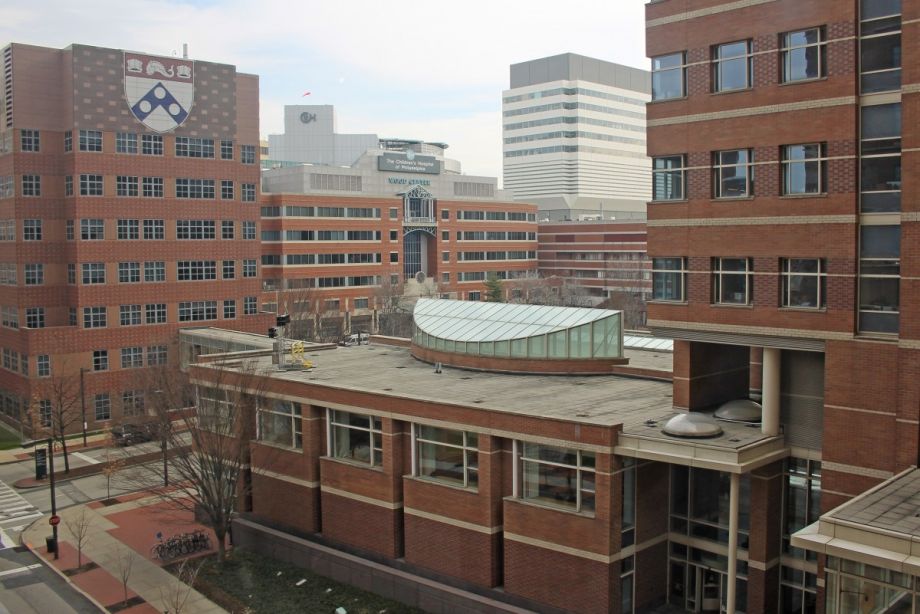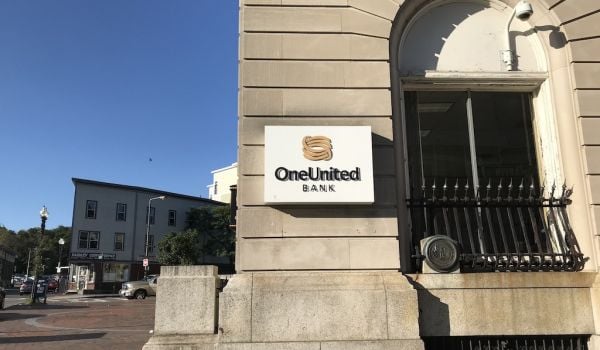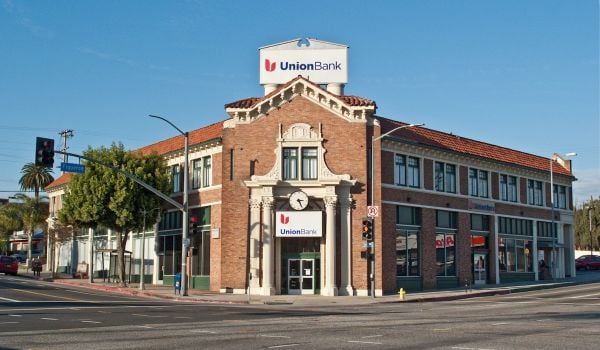Could a platform established decades ago to shape the physical well-being of urban centers offer an answer to the challenge of economic disconnection in city neighborhoods?
When business improvement districts (BIDs) first emerged in the U.S., property owners in one commercial area, or along a certain corridor, came together to put their collective cash (gathered through a tax) toward shared services like street cleaning and marketing. As cities have become popular again and commercial districts have matured, some BIDs have become indispensable investors in the public realm, creating and stewarding public squares and civic commons across the nation. The success of New York’s Bryant Park, for example, can be attributed to the focus, long-term planning and funding of the Bryant Park Corporation BID.
Today’s BIDs are now ready for another important shift: They are perfectly positioned to create inclusive opportunity for local residents. The next phase, which we might call BID 3.0, hinges on partnerships with the largest employers and property owners in a given city.
At University City District in Philadelphia, we’ve leveraged strong relationships with employer partners to create an extensive job training effort embedded in our BID. In about a square mile in University City, a neighborhood with several anchor institutions including University of Pennsylvania, Drexel University and the Children’s Hospital of Philadelphia, we have 76,000 jobs and $5 billion in recent real estate investment. Yet in the five zip codes abutting our district, 81,000 people live in poverty; unemployment stands at 15 percent; only 21 percent of adults over the age of 25 hold a college degree.
A traditional job training program attempting to mitigate this disparity between growth and opportunity might struggle to gain traction with major regional employers. And workforce programs simply do not succeed without strong employer partners designing the training programs and committing to hiring graduates. BIDs, which are like mini-chambers of commerce, are already a place where private sector leaders come together.
Five years ago, we at UCD looked at the challenges and opportunities in our neighborhood, and began to ask ourselves a few important questions:
- What if we could connect people in the community to jobs at our institutions and do so on some scale?
- What if we could work with folks living just blocks away from an anchor employer, and bridge the skills gap that makes this distance seem unconquerable?
- And what if we could show that this wasn’t charity, simultaneously helping our institutional partners solve real business needs by stemming entry-level turnover and building long-term skills that enable advancement and growth?
Working with our anchor institutions, we created the West Philadelphia Skills Initiative, which connects unemployed neighborhood residents with major employers seeking talent. Our approach involves deep collaboration with employers to identify and articulate their needs, recruit prospective hires, create skill-building curricula, and develop regular interactions between job candidates and hiring managers.
The Skills Initiative’s impact on people struggling to connect to today’s economy is palpable. Since our 2011 launch, we’ve placed 91 percent of Skills Initiative graduates, who had been unemployed an average of 366 days before coming through our doors. We’ve prepared them for life-changing jobs with our partner institutions — lab technicians, desktop support professionals, inpatient clerks, medical assistants — that pay an average starting wage of $13.60 an hour.
Employers have benefited too. Those hiring our entry-level cohorts cut turnover by half. Quality of care and customer experience in the community’s hospitals have measurably improved.
UCD is one of those employers, training and employing formerly incarcerated neighborhood residents to tend our public spaces. In this sense, the Skills Initiative enhances our economic development agenda, creating capacity to steward the civic realm, and saving us significant outsourcing costs in the process.
If BIDs want to create livable and vital cities and neighborhoods, then an all-in strategy to leverage relationships for inclusive opportunity seems essential. Think of district improvement work as layers of infrastructure, some literal, some figurative. The foundation is a clean, safe and attractive neighborhood. On top of that, BIDs can shape commercial infrastructure that helps a community attract retail and business tenants and foster vibrancy at the ground level; the civic infrastructure that activates dormant public spaces through placemaking efforts; and the entrepreneurial infrastructure that draws innovators who transform the intellectual discoveries at our institutions into commercial ventures (and future tenants!). Now imagine a new capstone to this vision: opportunity infrastructure. BIDs can galvanize powerful employer partnerships to ensure that urban growth maximizes, and is maximized by, the undeniable and often underutilized talent in a given place.
Marrying workforce development to a BID redefines what it means to invest in a place. As a national conversation about equity and inclusion unfolds, this strategy transcends what is often presented as a false dilemma between downtown investments and neighborhood equity. In Philadelphia, for example, 46 percent of our jobs are clustered on just 3 percent of our land in the city’s central core. Given this, the joint strategy of managing a place to drive commercial growth and managing relationships to connect people to jobs seems paramount.
BIDs were formed because place management doesn’t happen on its own. Likewise, we have to be intentional about creating a 21st-century opportunity infrastructure that prepares people for jobs. By focusing on the interplay between the opportunities of economic growth and the problems of poverty, BIDs can leverage downtown prosperity to make the middle-class dream a reality for those mired in poverty, and give new meaning to our mission of creating vital cities.
The Equity Factor is made possible with the support of the Surdna Foundation.
Matt Bergheiser is the executive director of University City District in Philadelphia.

















